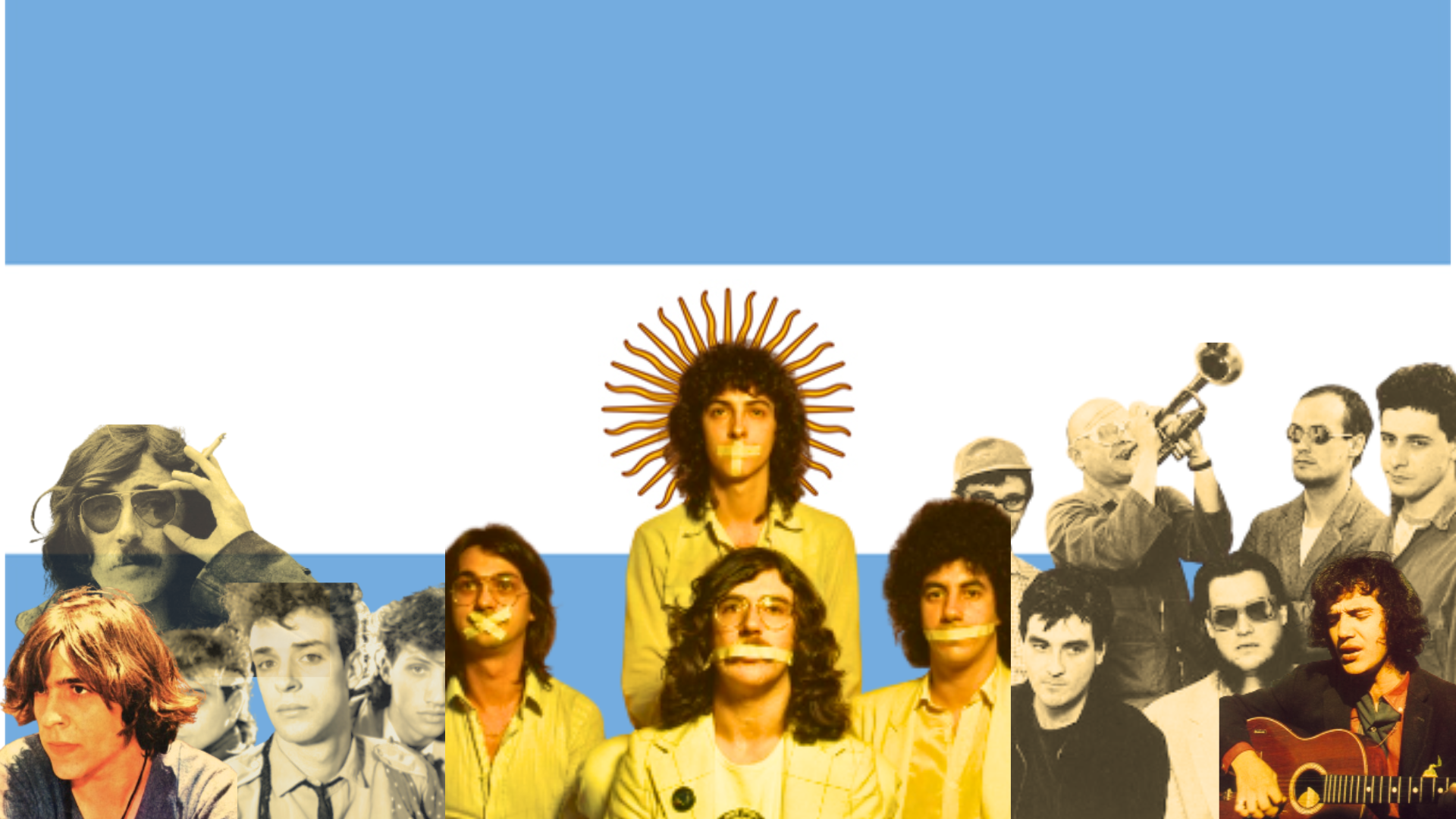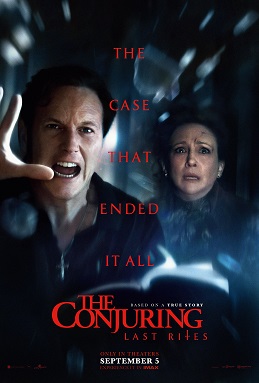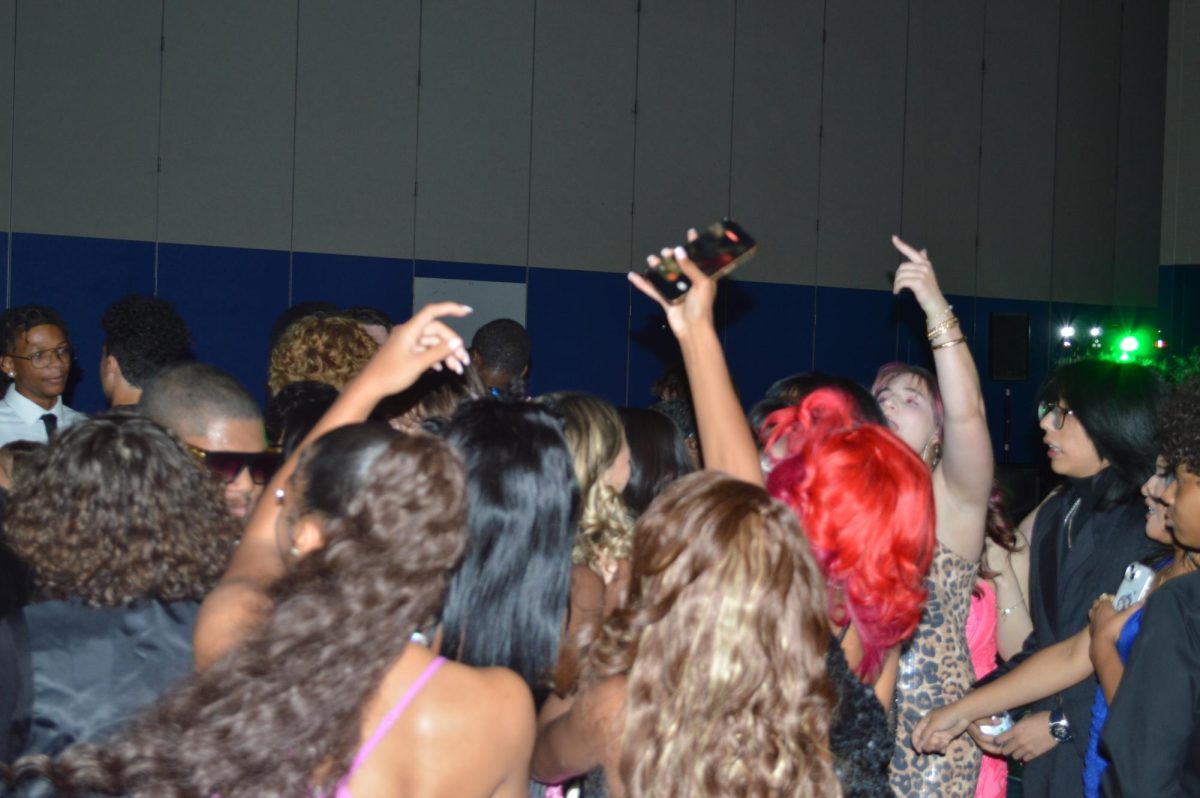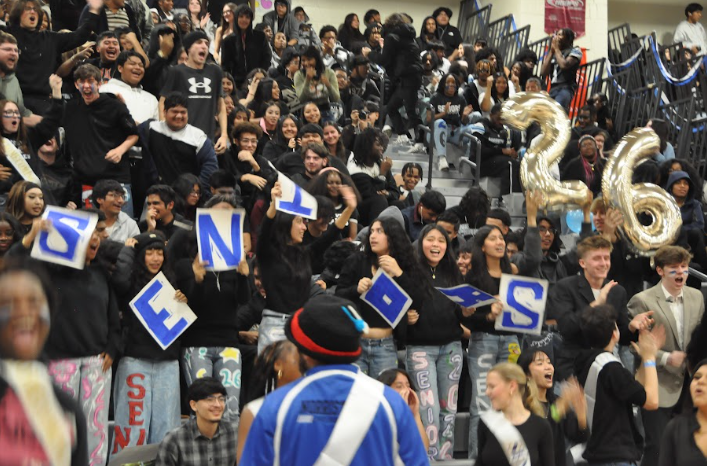It was 1967. A far-right revolution had just overthrown the democratic government and established a military dictatorship in Argentina. Porteños roamed and scurried the wide streets of Buenos Aires. Those associated with the arts found a home in a furnished bar lined with drinks and squeaky-clean glasses along the wall—well, rather in the men’s restroom of that polished bar. Here, they could not bother the intellectuals gathering and philosophizing in the saloon, and the acoustics reverberated beautifully.
One cool, autumn night, José “Tanguito” Iglesias revealed his late-night blues in a conversation he was having with singer and songwriter, Litto Nebbia. Leaning against the sinks, the first strummings of a guitar and breaths of lyrics came from the men pioneering the genre that would come to be known as rock nacional. The duo composed the first and eventually popular rock song “La Balsa,” marking the beginning of a genre that boasted the patriotic liberties of defending an entire generation against an oppressive military regime. These are a few artists who helped create and develop Argentina’s rock nacional.
Charly García
“Say no more,” he would say, because across Argentina and Latin America, this man needs no introduction. Charly García, a pioneer of rock nacional, dove into the unknown waters of the genre before it became what it would become. Before the rockstar lifestyle kicked in, he was a hippie, founding the band Sui Generis alongside fellow Argentine musician Nito Mestre. In this band, a young, skinny, long-haired Charly refined his talents and, after a few tenures with other bands, began his solo career. This is when the rockstar attitude began to show: picking a fight with a police officer, messing with journalists, and yes, even jumping off the ninth floor of a hotel straight into a swimming pool below (he came out unscathed and asked for a Coke while in the pool as if nothing had happened). Charly’s solo career saw releases such as the 80s-style, boliche-esque song “Demoliendo Hoteles” and the slower yet equally groovy “Raros Peinados Nuevos.” Charly would go on to release more music in the following decades, allowing for his creative, intuitive, musically-inclined mind to take him wherever an idea would lead him. Today, Charly is 73 years old and quietly sits at the top of a historically rich music scene he helped create.
Sumo
This band is as Argentinian as you can get with English lyrics and a Italian-born Scottish singer, who led the post-punk scene in directions previously thought to be impossible by many aspects. One of these aspects in question was: who would lead the revolution? Enter Luca Prodan, the Italian-born Scottish figure indescribable as a force in rock nacional, even though it’s been thirty-seven years since his passing. After a few tumultuous years in Europe, Prodan eventually landed in Argentina and started the band Sumo. Born in the Argentine city of Hurlingham, Sumo combined elements of post-punk, reggae, and added instruments that may seem out of place for these types of genres (like the saxophone). Sumo played with different sounds and today are revered as one of the most experimentally constructed bands in Argentine rock history. Notable works by Sumo include Corpiños en la Madrugada (which includes the sound-play “Night & Day”) and After Chabón (including the “Crua Chan”).
Soda Stereo
Having spread their influence across Latin America (and eventually the world), Soda Stereo started as a group of three friends who shared similar interests in music. Forefronted by Gustavo Cerati, the band’s incredible sound came from the mix of post-punk, pop, and alternative rock that together culminate in some of the band’s biggest songs, like “De Música Ligera” and “En la Ciudad de la Furia.” Soda Stereo’s groove was provided by none other than drummer Charly Alberti, who, alongside bassist Zeta Bosio, allowed for the metaphorical heart of the music to beat to a moveable pace. Cerati would ride the beat of the songs with impressive guitar rhythms and riffs that complemented his bandmates and provided lyrics like no other that sounded with meaning but stuck to the pop-ish essence of the music.
Soda Stereo was the pinnacle of a porteño rock band in Argentina. Successes for this band are too many, but some to consider are becoming the first Latin American rock band to have headlined a tour in the United States, and playing an MTV Unplugged performance recognized as one of the best internationally. Notable works by Soda Stereo include their self-titled album Soda Stereo and Nada Personal.
Serú Girán
This band—or rather supergroup (Pedro Aznar on bass, Oscar Moro on drums, David Lebón on guitar, and Charly García on keys)—recorded and performed during a time of political and civil unrest in Argentina. But to get through the tough times (even when they were apprehended by government officials to spread propaganda through their music), what did they do? Well, they just kept on playing and jolted a big, joyous middle finger at the face of the state (courtesy of Charly).
Serú Girán experimented with various ideas and concepts in their music that meddled with the military dictatorship in Argentina at the time. Their rock was not the traditional style Argentines had come to enjoy and dance the twist to. It was different, an early rendition of the uniqueness of a music genre that stands up against the hardships of living in a strict and censored land. And with so much talent, how could Serú Girán not be considered one of the greatest Argentinian rock bands to have ever done it? Aznar’s funky basslines, Moro’s technical and groovy drumming, Lebón’s blues-inspired riffs, and Charly’s incredible simultaneous work on keys and synthesizers. Serú Girán was one of the first major bands in Argentine rock history to push the boundaries of what rock could be when, by that point, there was an already commonly understood definition (though these fixed definitions never truly pan out). Notable works by Serú Girán include their self-titled album Serú Girán and the jabbingly parodical La Grasa de las Capitales.
These are only a few of the many artists that helped define the rock nacional movement and genre in Argentina. These artists and bands are revered as idols of the genre, and they’re influence has far extended across the South American continent. From songs criticizing upper-class facades to two-minute irate chants, rock nacional has definitely matured since its inception in that men’s restroom and grown to cover more than just feelings of loneliness and sadness. Today, every Argentine takes great patriotic pride in rock nacional and the genre itself is a self-defining characteristic of being born in the Land of Silver.













